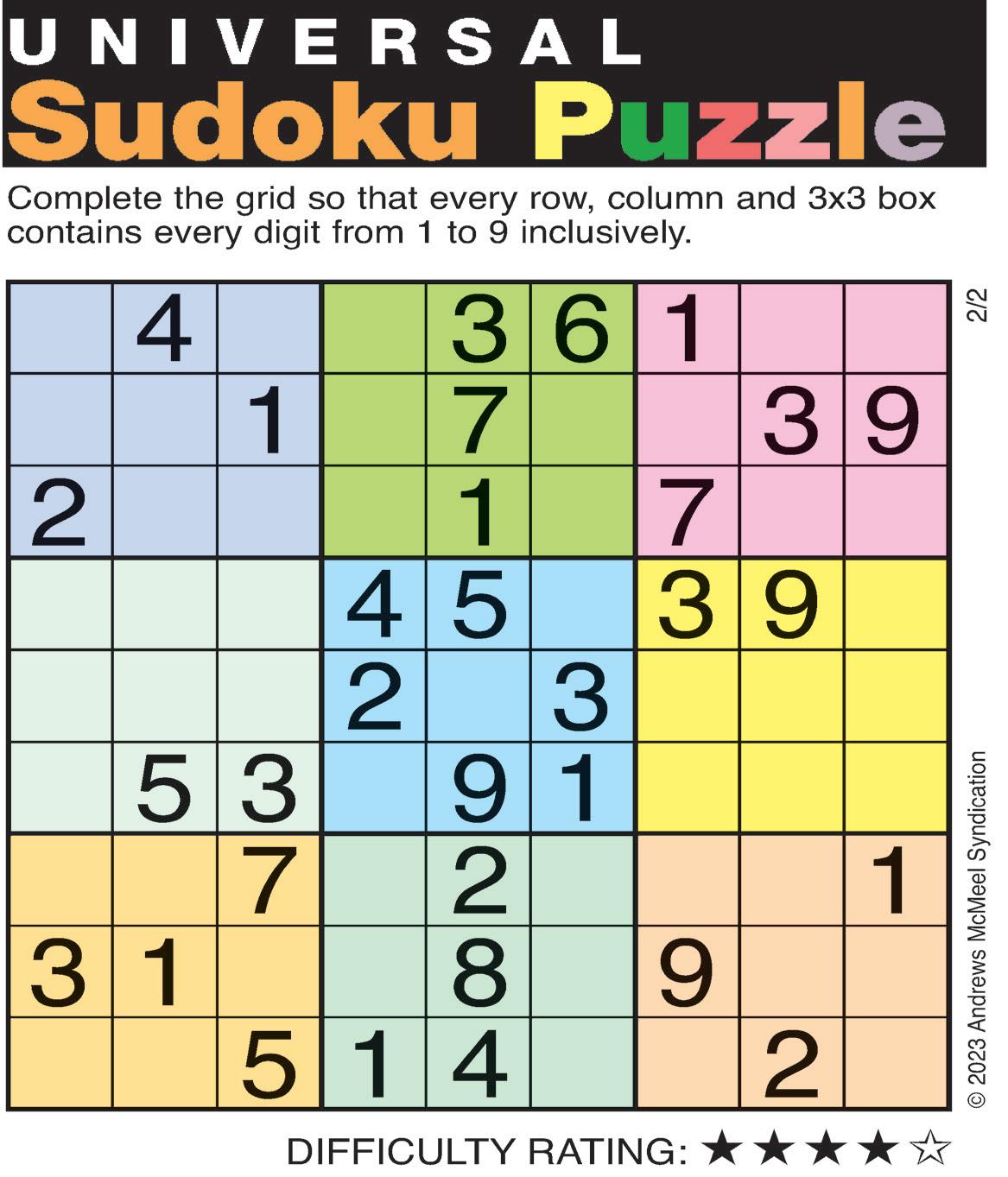
5 minute read
The Supreme Court
The Supreme Court is the United States’ highest court. The justices must decide how laws are followed and whether our laws agree with the U.S. Constitution. This is called judicial (joo-DISH-uhl) review
This week, The Mini Page learns more about the highest court in our nation.

An appellate court
In the United States, the Supreme Court is an appellate court. This means that all cases must first be heard by lower courts, but if those rulings come into question, the Supreme Court has the final say.
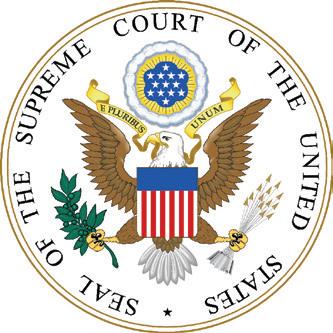
For example, in the mid-1960s, two high school students in Des Moines, Iowa, wore black armbands to school to protest against the Vietnam War. School officials suspended them.
The students and their families sued, or took legal action against the school district. They believed the First Amendment, which promises the right to free speech, protected their protest.
The case was presented in the U.S. District Court, where the verdict, or decision, agreed with the school. The case eventually went to the Supreme Court, which overturned, or changed, the verdict.

Justices
There are nine justices who work at the Supreme Court. The U.S. Constitution allows justices to serve until their death. They can also resign, retire or be impeached, or removed from office.
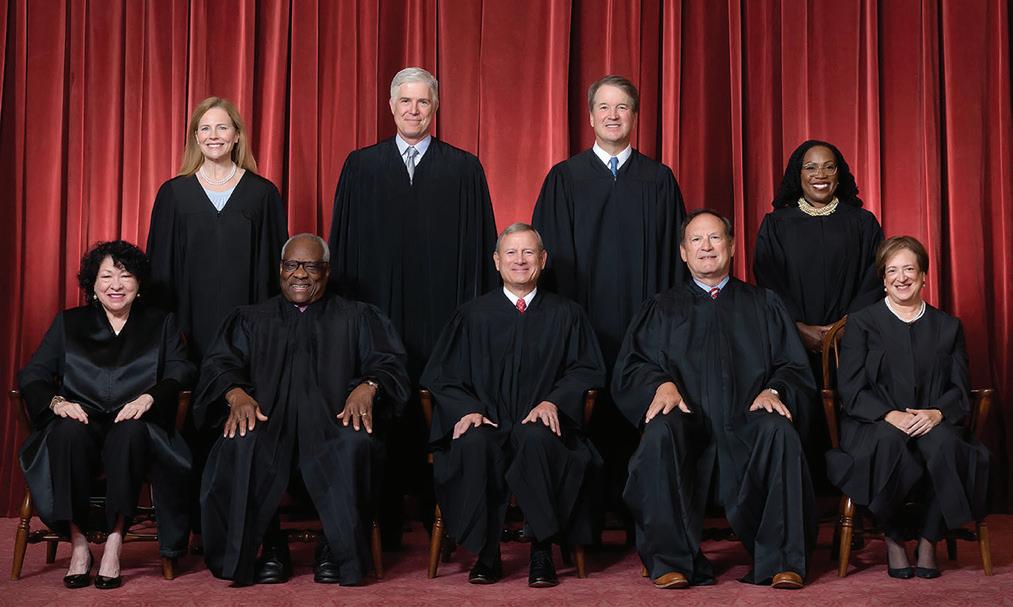
When a seat on the court opens, the president nominates someone to be a new justice. The U.S. Senate must confirm, or approve, the new justice. How the
Court Works
On the first Monday in October of each year, the Supreme Court begins its new term. The Supreme Court usually hears cases that will decide important legal principles. Out of thousands of requests received each year, the court may choose about 150 of them.
Once the Supreme Court has accepted a case for review, the two sides present their arguments to the justices. Each justice works with young law school graduates who study cases and discuss them with the justice. They may also examine all the records from the case and ask questions of the people involved.
The justices meet with each other to talk about the case. Sometimes this takes months. Then they offer their opinion.
At least five votes are needed to make a decision. One of the justices writes a summary of the opinion. A justice who dissents, or disagrees, may write an opposing argument.
Next Week: Presidents Day
Our current justices are listed in the order of how long they’ve served (with the exception of Chief Justice John Roberts).
• Chief Justice John Roberts, 68, was born in Buffalo, N.Y. He was appointed by President George W. Bush. Time in office: 17 years.
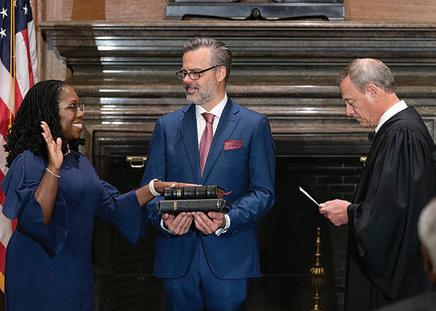
• Justice Clarence Thomas, 74, was born in Pin Point, Ga. He was appointed by President George H.W. Bush. Time in office: 31 years.
• Justice Samuel Alito, 72, was born in Trenton, N.J. He was appointed by George W. Bush. Time in office: 17 years.
• Justice Sonia Sotomayor, 68, was born in New York City. She was appointed by President Barack Obama. Time in office: 13 years.
• Justice Elena Kagan, 62, was born in New York City. She was appointed by Obama. Time in office: 12 years.
• Neil M. Gorsuch, 55, was born in Denver, Colorado. He was appointed by President Donald Trump. Time in office: five years.
• Brett M. Kavanaugh, 58, was born in Washington, D.C. Trump appointed him. Time in office: four years.
• Amy Coney Barrett, 51, was born in New Orleans, Louisiana. Trump also appointed her. Time in office: two years.
• Ketanji Brown Jackson, 52, was born in Washington, D.C. She was appointed by President Joe Biden. Time in office: seven months.
Justices
There are nine justices who work at the Supreme Court. The U.S. Constitution allows
Try ’n’ Find
summary of the opinion. A justice who dissents, or disagrees, may write an opposing argument.
Words that remind us of the Supreme Court are hidden in this puzzle. Some words are hidden backward or diagonally, and some letters are used twice. See if you can find:
APPELLATE, APPOINT, ARGUMENT, CASE, CONFIRM, CONSTITUTION, COURT, DISSENT, JUDICIAL, JUSTICE, OVERTURN, RETIRE, SENATE, SUED, SUMMARY, SUPREME, TERM,
Mini Spy Classics
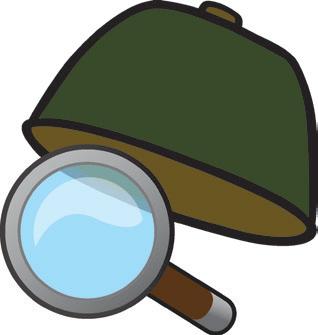

Mini Jokes
Sue: When words break the law, what happens?
Steve: They get sentenced!
Eco Note

Representatives attending the world’s largest wildlife summit have voted for the first time to regulate the hunting of sharks, which kills millions of the fish each year to meet the huge demand for shark fin soup. The Convention on International Trade in Endangered Species of Wild Fauna and Flora signed an agreement to regulate the commercial fishing of 54 shark species, including tiger, bull and blue sharks, which are the most targeted for the fin trade.
For later:
Look in your newspaper for articles that mention the Supreme Court.
Teachers: Follow and interact with The Mini Page on Facebook!




DAN THOMPSON
By Jim Miller

How to cover dental care in retirement
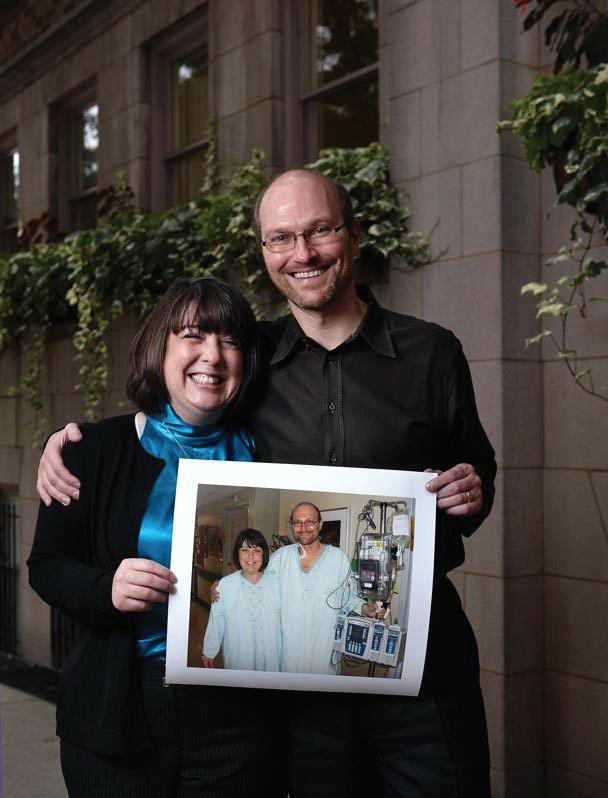
Dear Savvy Senior, I had dental insurance through my work for many years but lost it when I retired and joined Medicare. Where can retirees find affordable dental care?
Uninsured Al
Dear Al,
Unfortunately, about twothirds of U.S. retirees don’t have dental insurance today. Without coverage from traditional Medicare, and with private dental insurance typically costing too much to be feasible, most seniors are stuck paying full outof-pocket prices every time they visit a dentist. While there’s no one simple solution to affordable dental care, there are a variety of options that can help cut your costs. Here’s where to look. Medicare Advantage: While dental services are mostly excluded under original Medicare, many Medicare Advantage plans do provide coverage for dental care, but it’s usually very limited. Medicare Advantage plans are government approved health plans (usually HMOs and PPOs) sold by private insurance companies that you can choose in place of original Medicare. To shop and research Advantage plans in your area, visit www. Medicare.gov/plan-compare or call 800-633-4227.
Dental insurance: If you have gum problems and need extensive dental care, a dental insurance plan may be worth the costs versus paying for care yourself. Monthly premiums for individual plans range from about $20 to $80. A typical plan includes two or three cleanings and checkups per year, but these plans will likely have a waiting period — anywhere from a few months to a few years — before coverage for more expensive procedures kicks in. To find dental plans in your area, see www.eHealthInsurance.com.
Dental savings plans: While savings plans aren’t as comprehensive as insurance, they are a good option for those who don’t have dental insurance. How this works is you pay an annual membership fee — around $80 to $200 a year — in exchange for 10 to 60 percent discounts on service and treatments from participating dentists. To find a savings plan, go to www.DentalPlans.com (or 888-632-5353), where you can search for plans and participating dentists, as well as get a breakdown of the discounts offered.

Veterans’ benefits: If you’re a veteran enrolled in the VA health care program or are a beneficiary of the Civilian Health and Medical Program (CHAMP VA), the VA offers a dental in surance program that gives you the option to buy dental insur ance through Delta Dental and MetLife at a reduced cost. The VA also provides free dental care to vets who have dental problems resulting from service. To learn more about these options, visit www.VA.gov/dental or call 877-222-8387.
Cheaper dental care: Because prices can vary by dentist, one way to ensure you get a good deal on your dental care is to call multiple provides and compare prices. To get an idea of what different dental procedures cost in your area, see www.FairHealthConsumer.org. If you’re paying cash, it’s also perfectly reasonable to ask your dentist for a discount.
There are also a number health centers and clinics that provide low-cost dental care to those in need. And all university dental schools and college dental hygiene programs offer dental care and cleanings for less than half of what you would pay at a dentist’s office. Students who are supervised by their professors provide the care. See www. TeethWisdom.org to search for a center, clinic or school near you.
CROSSWORD • SOLUTION ON PAGE 23

